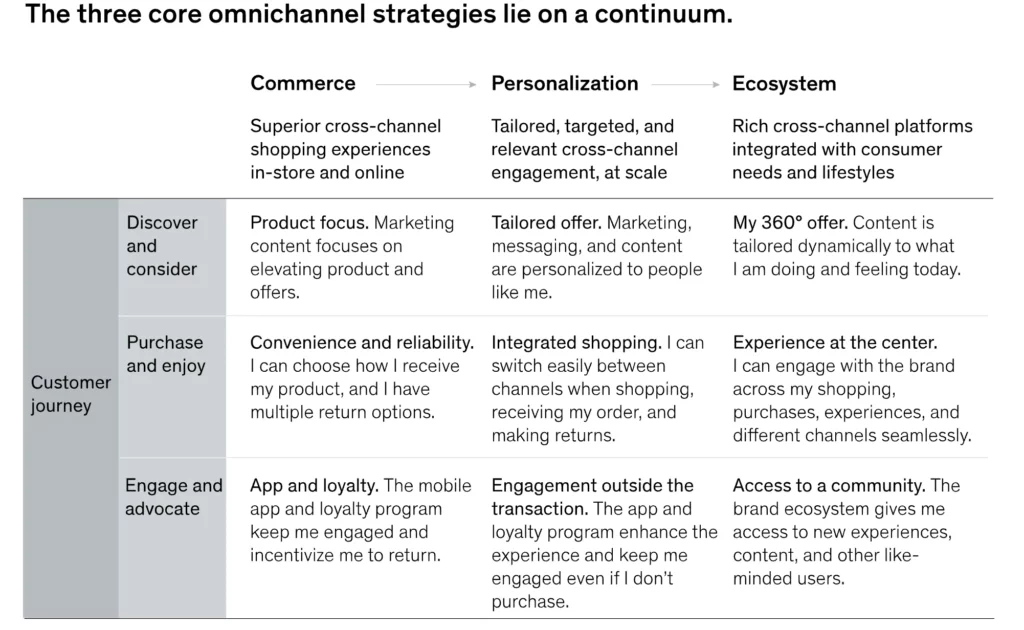Are you looking for ways to optimize your sales pipeline?
Having started my career in traditional marketing in 2000, I learned that sales and marketing work towards the same goal: securing business and helping the company grow. But this was not a one-size-fits-all approach, as the two disciplines had different functions and responsibilities.
Here are 3 proven practices that can help you manage your conversions more effectively and increase your chance of success. By implementing these strategies, you can take your sales pipeline management to the next level.
Before we go further, let me explain what a sales pipeline is.
What is a sales pipeline?
A sales pipeline is a system for converting leads into customers. It allows sales managers to track the progress of each stage of the sales process, from when a prospect becomes a qualified lead to when a salesperson follows up and closes the deal. To effectively manage the pipeline, reviewing data inputs, monitoring progress, and assessing performance using key metrics are essential.
6 stages of the sales pipeline
The sales pipeline consists of multiple stages, each representing a step or phase in the process of converting a lead into a customer.
The exact number of stages may vary depending on the company’s needs, but typically there are 6 key stages in a B2B environment:
- Prospecting
- Qualifying
- Meeting
- Proposing
- Negotiating
- Closing the deal
Other stages, such as research or decision-making, may be included depending on the specific circumstances of the sale.
As a Strategy Marketing Lead, I believe personalization is central to sales pipeline management. A good marketing strategy incorporates personal touches to build relationships and establish trust.
To ensure every lead is successful, personalize your reach towards them by creating tailored demos and products that meet their specific needs. Through customizing your strategy, you demonstrate your commitment to each prospective customer.
Use data to have an informed approach and respond quickly to every inquiry.
The sales pipeline has been directly affected by an increased reluctance of prospects to meet face-to-face. Consequently, a salesperson can no longer use personal interaction to close deals. This shift in behavior has caused a noticeable decrease in the number of leads and conversions, as attested in Gartner’s report on changing sales dynamics.
Customers are now relying more heavily on digital tools and self-directed explorations when researching products or services and lessening their reliance on physical salespeople, leading to a decrease in the effectiveness of the traditional sales pipeline.
With the changing business landscape, companies must review their sales and marketing teams to have access to the right tools, tech, and tactics to transition from pre-pandemic strategies to a digital-first approach. Doing so will enable them to stay competitive and survive in today’s market.
How to transition from a traditional sales pipeline to a digital-first approach
Here are 3 strategies that companies must consider when transitioning from a traditional sales pipeline to a digital-first approach.
1. Create an omnichannel strategy
The customer journey should be a top priority for organizations aiming to unify their sales and marketing teams. To start this process, teams should create a unified definition of each phase in the customer journey. This exercise will help them understand how visitors travel down the funnel and define what qualifies a customer to enter each stage.

Additionally, it will facilitate the communication between teams, creating a framework they all move towards to achieve one goal—helping prospects reach the end of the funnel. Centralized data and other organizational efforts are also necessary for successful unification, but the map created from this activity provides a solid foundation for both marketing and sales departments.
2. Take control of content creation
Content creation is a fundamental part of a successful customer acquisition strategy.
Keeping the content fresh and up-to-date can help you ensure prospects stay engaged throughout their overall journey.
To generate leads through your website, you must craft compelling content that convinces prospects to engage with the brand and play an active role in the sales process. Converting website traffic into leads is vital to building your customer base and creating long-term relationships. However, if the content of your website does not effectively accomplish this, you are missing out on potential leads.
3. Embrace stages of digital transformation
Effective sales and marketing strategies have become a cornerstone of successful businesses today.
Strategies such as automating mundane tasks and converting casual website visitors into leads are two approaches companies use in the transformation process to reach their goals. These strategies help to streamline communications, provide quick responses and enhance customer relationships.
I believe companies can deploy chatbots to make the customer experience more seamless and enjoyable. Chatbots help customers with several issues, including accessing product information, online shopping, and making payments.
Chatbots are increasingly becoming an important part of businesses in various industries as they have an interactive interface to engage with potential customers.
From asking questions and providing relevant information, a chatbot can help capture and qualify leads promptly by gathering critical data to assess their quality. In addition, it helps keep track of business leads by providing follow-up information and reminders.
Chatbots are projected to handle most inquiries in the healthcare and banking industry, with 68% of customers preferring them due to their ability to provide quick responses at any time.
To conclude
Sales pipelines are vital for any successful business as they act as the main artery of the organization.
A proper sales pipeline facilitates a smooth flow of prospective leads from initial reach through qualifying and closing the sale, helping to ensure optimal revenue.
Poorly managing your pipeline can have severe repercussions for your business. Unless appropriately monitored, it could lead to missing out on sales opportunities and hurt growth.
Creating seamless buying journeys is critical to marketing and sales success in the digital world.
Consumers have been shifting towards online-enabled purchase experiences for some time, so organizations must respond by meeting new expectations when crafting their customer journey. This means leveraging technology, optimizing user flows to maximize efficiency and be better equipped to deliver exceptional experiences that drive profitability.

Hello there!
My name is Victoria.
I am an SEO expert, Medium top writer, solopreneur, and the founder of Self Made Millennials. I help companies create optimized content and attract potential customers through organic search results. In addition, I share how content creators can monetize their writing skills.
Get my SEO writing guide
Free SEO email course
Latest posts
Related blog posts
SEO writing How to Build a Blog Structure That’ll Get You More Traffic written by Victoria Kurichenkoposted on February 26, 2022 A blog structure does not seem like a big deal at first glance. Many website owners launch blogs, organize web pages in some way and wait for users to …
Guest author Why Use Total Experience Platform to Manage Customer Data written by Gunalan Ram posted on December 22, 2022 The ‘new normal’ is likely to extend and normalize in the future of work. The new arrangements, especially options such as flexible working hours, hybrid, and fully remote work, have …






One Response
Hi
Very usefull article,
Best Regards